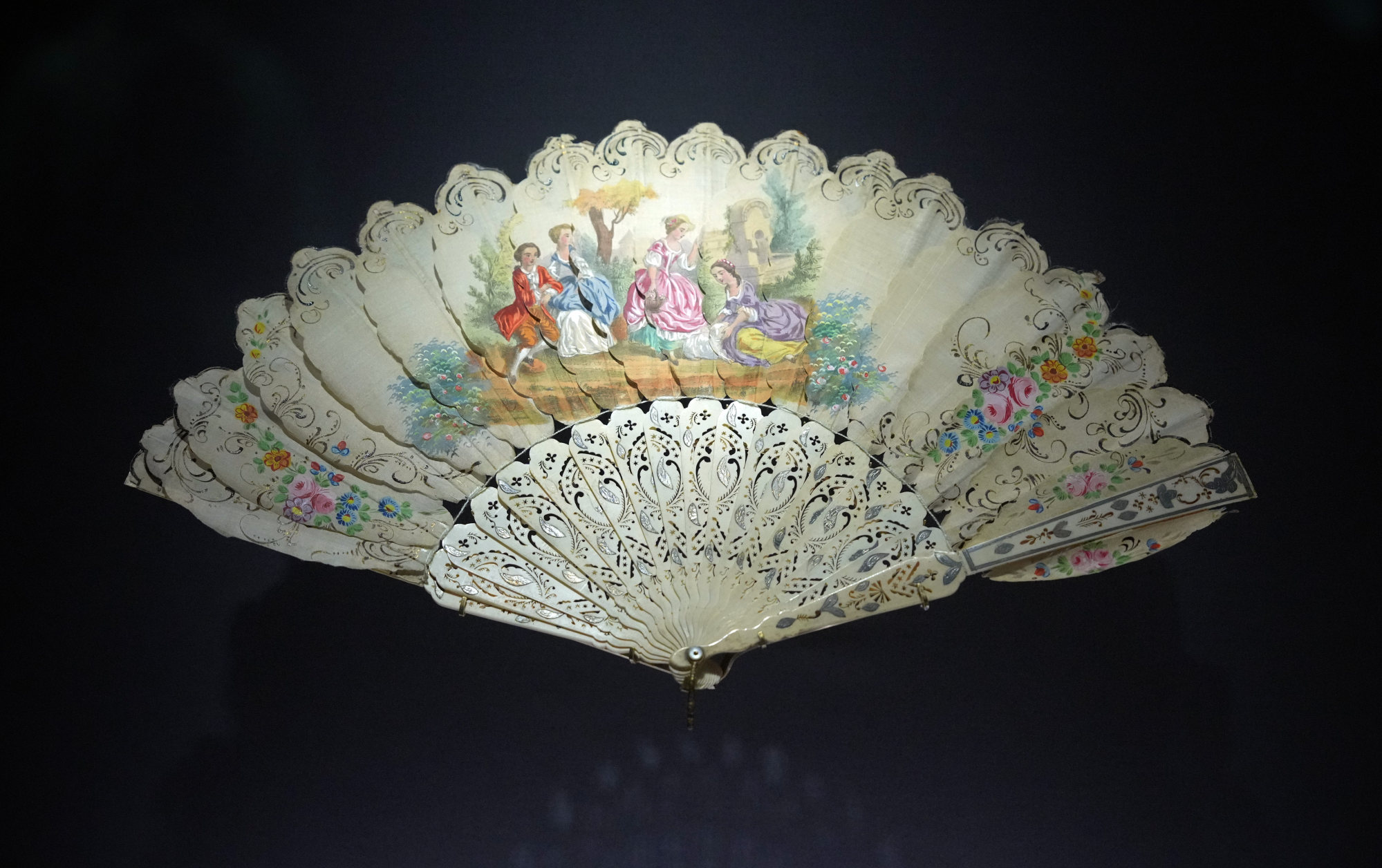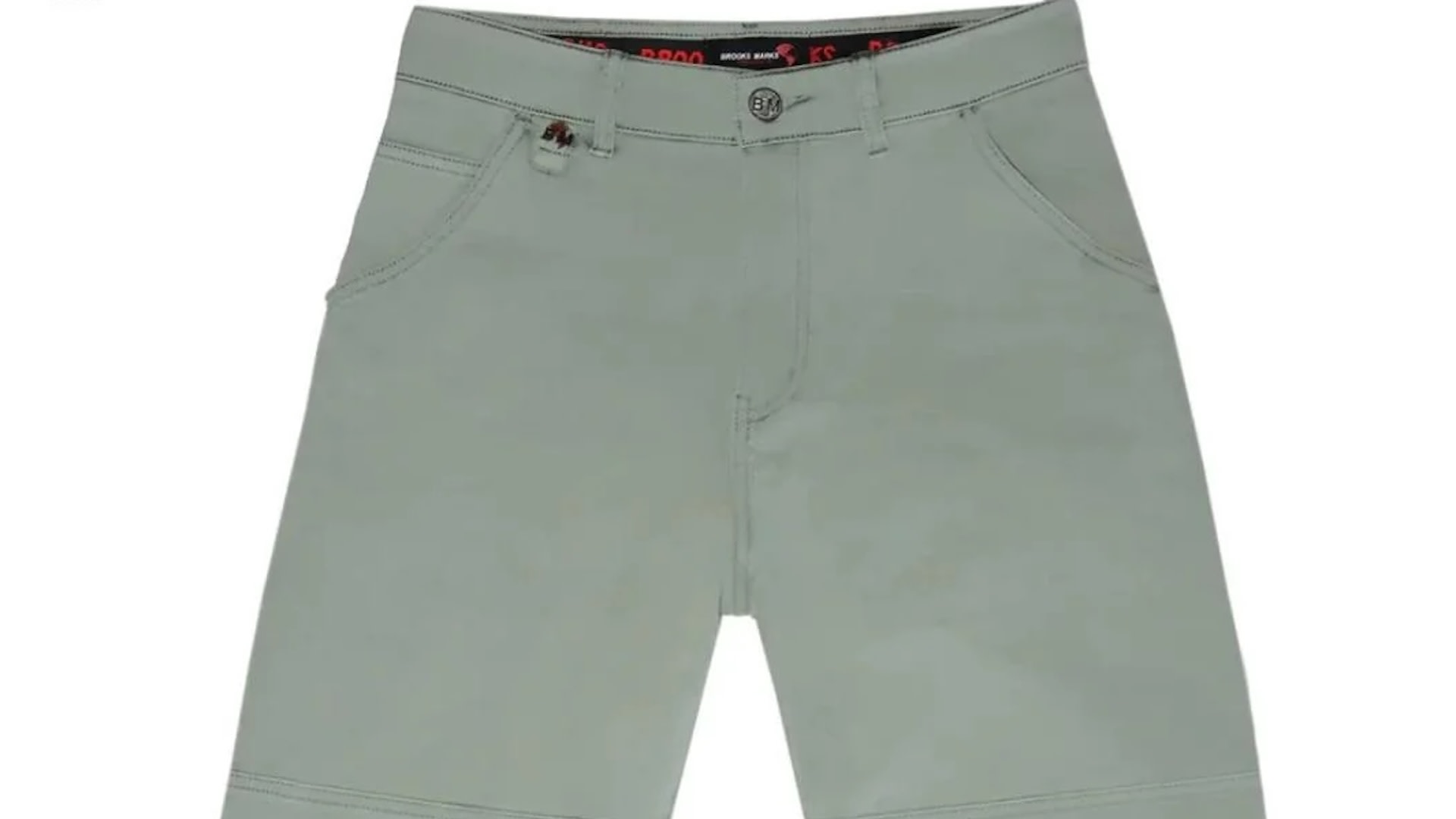Fashion
Hong Kong museum showcases Chinese influence on past centuries of French fashion

Dr Denis Bruna, head curator, fashion and textiles department, pre-1800 collections of the Musée des Arts Décoratifs, said it was “important” to show links between China and France during the 18th century, and how “there was a fascination and admiration in the French aristocracy for China’s art and culture”.
Bruna was referring to the style known as “chinoiserie”, when Asian aesthetics took Europe by storm in a trend fuelled by the trading of Chinese goods and led by the porcelain-collecting and tea-drinking nobility.
Pointing to the man’s nightgown, the curator said he chose the mid-18th century item for the show because the garment exhibited both Chinese and French influences, with “the fabric made in France but with Chinese inspiration”.
Mathieu Rousset-Perrier, heritage curator, Middle Ages, Renaissance, jewellery collections, the Musée des Arts Décoratifs, said the goal was not to look Chinese.
“The point was, ‘OK, this is a beautiful thing, I want to do something with it’,” Rousset-Perrier explained.
“I’m not saying that [cultural appropriation] does not exist,” he said, but added the chinoiserie trend was also “a way of appreciating things” and a sign of the French “being culturally curious and wanting to know more”.
Both curators flew to Hong Kong to collaborate with a local team to mount the exhibition.
Dr Ingrid Yeung, associate curator of the Hong Kong Palace Museum, said: “To see the function of these undergarments in sculpting the body, modifying the body – that is a very important plot line.”
Like Bruna and Rousset-Perrier, Yeung drew attention to historical differences between the characteristics of fashion in France and China, an underlying theme for the show.
“When we see the Chinese costume, for example, at the court of China in Beijing, the costumes were very ample, very large, quite loose, and the body was hidden under the clothes,” Bruna said.
“It was absolutely different in Europe and in France, because the underwear and the clothes shaped the body, transformed it,” he added, referring to the corsets that created the cinched waists and accentuated bosoms in women, forcing them to move in a particular way.
He added that men’s bodies were also modified by garments such as puffed sleeves and false calves that were woven into stockings, though their movements were affected to a lesser degree compared with women.
Yeung said the exhibition could be seen as being “in conversation” with shows in other galleries such as the Palace Museum in Beijing, as visitors could compare how clothing shaped human bodies across different cultures.

And while the Hong Kong Palace Museum showcased dresses worn by aristocratic ladies, the curators said the show was not women-centric and also depicted how men in the past “whimsically” adorned themselves with interesting jewellery.
Yeung said visitors could also look forward to enjoying films that “bring to life the pieces that are on view”, such as Marie Antoinette, a 2006 feature film starring Kirsten Dunst, and a few works by French director Georges Melies from around 1900.
“[The films] further reinforce the idea of how clothing defines social class, or reflects social etiquette,” Yeung added, noting that there would also be multimedia displays, music and narration that complemented the exhibited items.
Daisy Wang Yiyou, deputy director of the museum, said that its team had not worked on a European fashion exhibition before so the show was a “fantastic opportunity” for them to learn from their French counterparts.
“Our staff was very eager to learn and absorb their knowledge, expertise and best practices,” Wang said.
She expected “The Adorned Body” to do as well as the museum’s previous top-performing shows but noted the exhibition would run for only 14 weeks, compared with others that ran for over a year.
The curators said the exhibition would foster cultural exchanges as it centred around the human body and fashion, which was a universal theme.
“The body has no culture, no era. It’s a common human thing no matter where you are,” Rousset-Perrier said, adding that at a time of much political tension around the globe, the show would emphasise that “we have more things in common than we think”.










